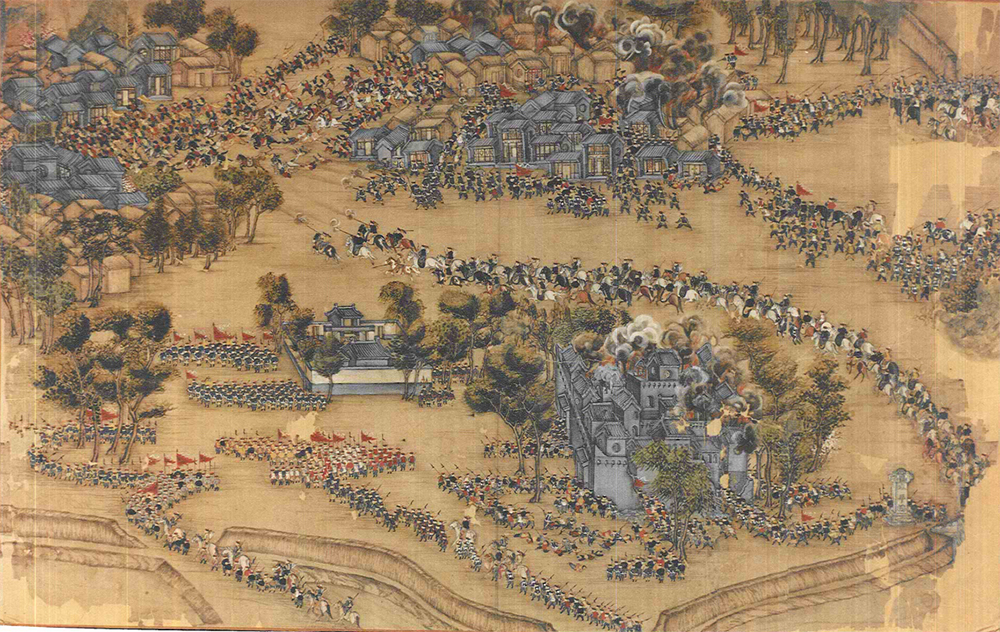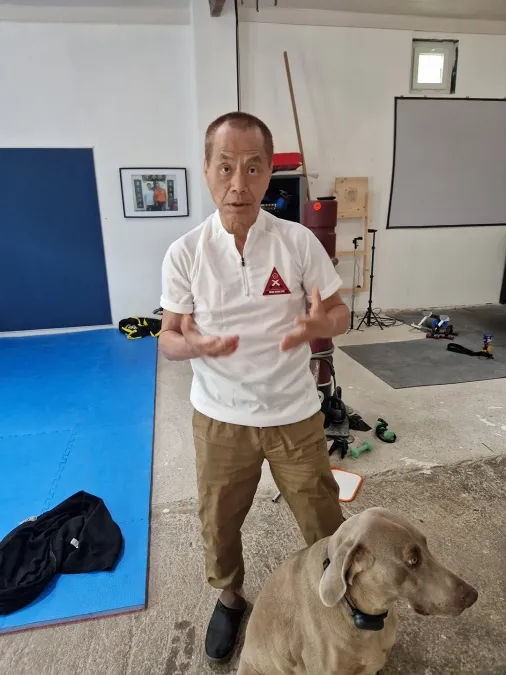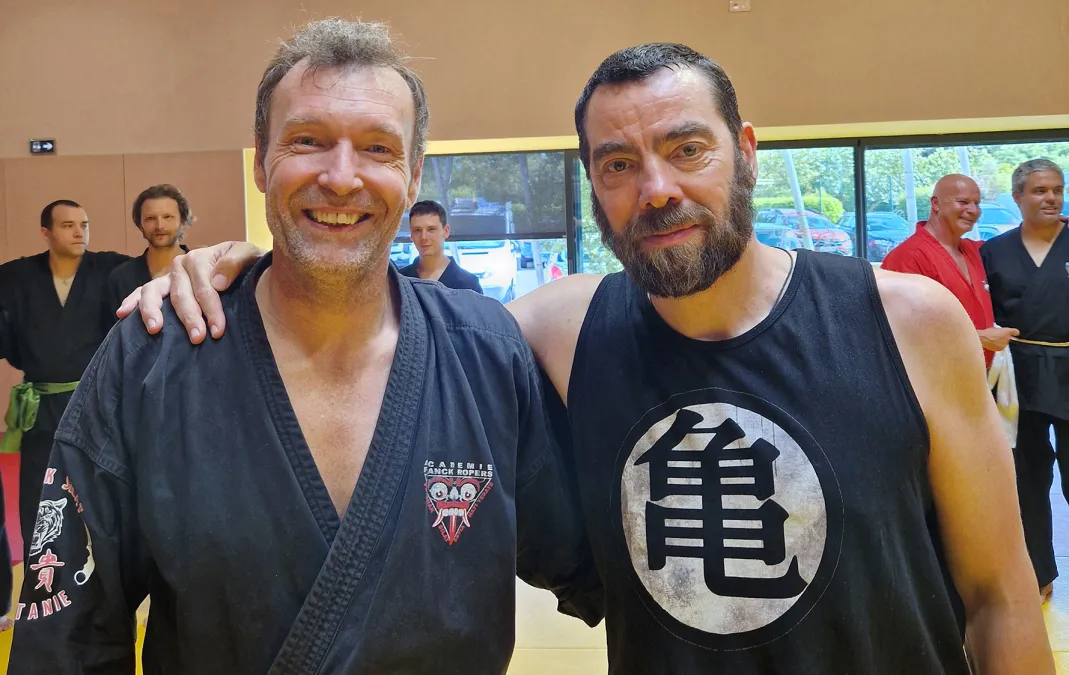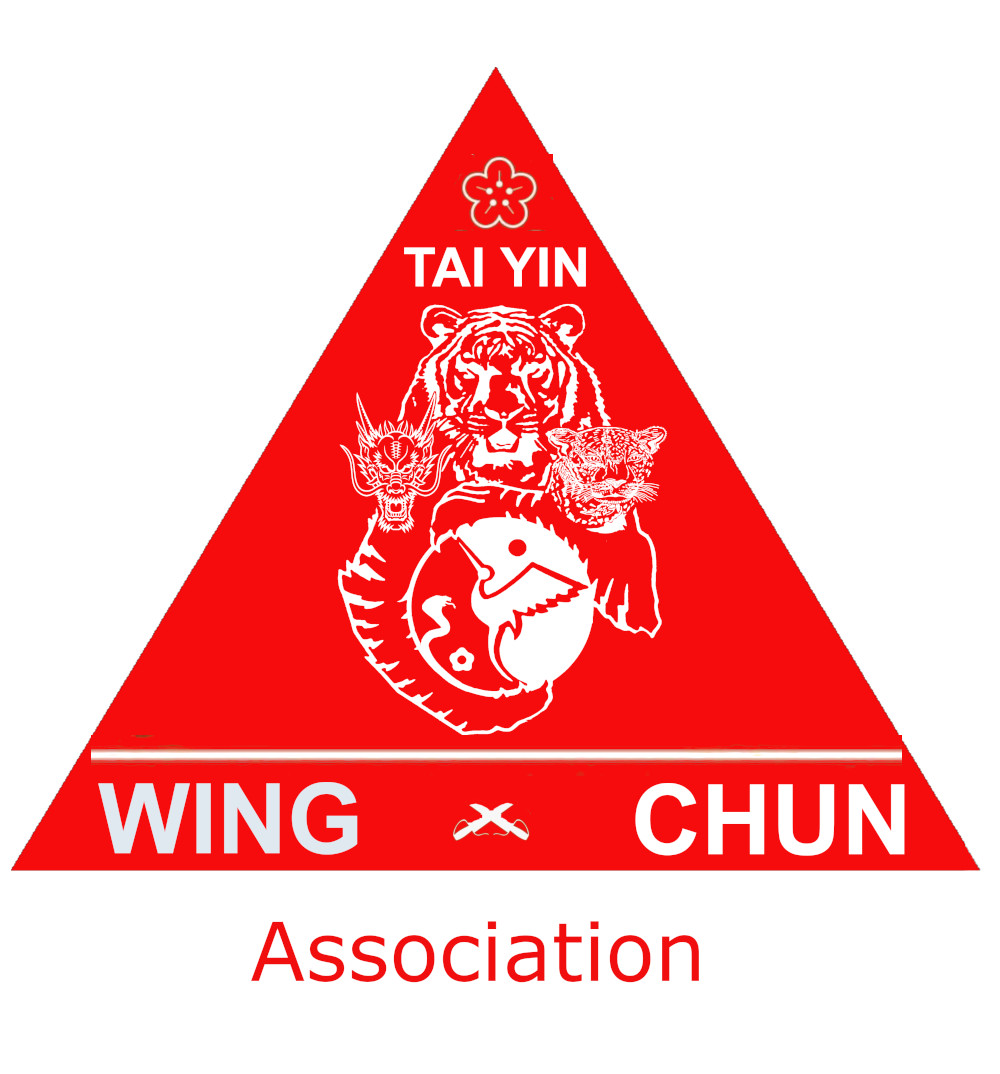
Wing Chun Origin
Wing Chun, a martial discipline that is both mysterious and captivating, has stood the test of time, preserving its aura of effectiveness and mystery. Its origins trace back to ancient China, to a time when martial arts were more than a means of defense—they were a philosophy of life, a symbol of resistance, and a tool for survival. Today, we will delve into the deep roots of Wing Chun, uncover its key contributors, and explore how this martial art became a pillar of triads and anti-Manchu secret societies.

Birth of a Martial Art
The First Steps
To understand the origin of Wing Chun, we must go back to the 17th century, during the Qing dynasty. At that time, the Manchus ruled China, and repression was commonplace. Martial arts were not only means of defense but also symbols of resistance against oppression.
The Legend of Ng Mui
The most common story about the creation of Wing Chun involves a Buddhist nun named Ng Mui, one of the Five Elders of the Southern Shaolin Temple. Fleeing the destruction of the temple by Manchu troops, Ng Mui is said to have developed a fighting style based on speed and efficiency, ideal for the weak and the oppressed. This is how Wing Chun was born, named after her first student, Yim Wing Chun.
Key Contributors
Yim Wing Chun and Leung Bok-Chau
Yim Wing Chun, often depicted as a determined and courageous young woman, learned this art from Ng Mui to defend herself against a local warlord. After mastering this new form of combat, she taught it to her husband, Leung Bok-Chau, who contributed to spreading this discipline.
Leung Jan
Leung Jan, a renowned physician from Foshan, is an iconic figure in Wing Chun. He is known for systematizing the techniques and principles of Wing Chun, making this martial art more accessible and effective.
Ip Man
Although we are not discussing Bruce Lee here, we cannot ignore Ip Man's impact on modern Wing Chun. Ip Man played a crucial role in spreading Wing Chun in Hong Kong and worldwide, training many students and contributing to the popularity of this martial art.
Evolution in the Triads
An Anti-Manchu Martial Art
Wing Chun found fertile ground in the triads, secret societies that formed to resist Manchu oppression. These groups used Wing Chun not only for self-defense but also as a means of solidarity and rebellion against the ruling regime.
Successor of Hong Kuen
Before Wing Chun, Hong Kuen was the martial art of choice for the triads. However, Wing Chun, with its quick and precise techniques, quickly took over. Its simplicity and effectiveness made it a natural choice for those who sought to oppose Manchu forces discreetly yet lethally.
Techniques and Philosophies
Principle of Simplicity
Wing Chun is distinguished by its simplicity and effectiveness. Unlike other complex martial arts, it emphasizes direct movements and quick responses. This allows a practitioner to react quickly and decisively in combat situations.
Butterfly Knives and the Long Pole
Over time, Wing Chun incorporated the use of weapons such as the butterfly knives (Baat Jaam Do) and the long pole (Luk Dim Boon Gwun). These weapons complement empty-hand techniques, providing practitioners with a complete arsenal for different combat situations.
The Philosophy of Heaven and Earth
A Harmonious Symbiosis
Wing Chun is deeply rooted in the Chinese philosophy of yin and yang, the balance between heaven and earth. This holistic approach is reflected in its techniques, which seek to harmonize strength and fluidity, defense and attack.
Adaptability and Resilience
One of the most remarkable aspects of Wing Chun is its ability to adapt and evolve. Whether in the dark alleys of Chinese cities or in modern training halls, Wing Chun remains relevant and powerful, a true testament to its resilience.
FAQ on the Origin of Wing Chun
Q: Who is Ng Mui? A: Ng Mui is a legendary Buddhist nun, considered one of the founders of Wing Chun. She is said to have developed this martial art after the destruction of the Southern Shaolin Temple.
Q: Why is Wing Chun considered an anti-Manchu martial art? A: Wing Chun was developed and used by resistance groups against the Qing dynasty, mainly the triads, as a means of self-defense and resistance against Manchu oppression.
Q: Who are the key contributors to the development of Wing Chun? A: Key figures include Ng Mui, Yim Wing Chun, Leung Bok-Chau, Leung Jan, and Ip Man.
Q: What weapons are associated with Wing Chun? A: The butterfly knives (Baat Jaam Do) and the long pole (Luk Dim Boon Gwun) are two iconic weapons of Wing Chun.
Conclusion
Wing Chun, with its mysterious origins and highly effective techniques, continues to attract and fascinate martial arts enthusiasts around the world. From its anti-Manchu roots to its modern evolution, this martial art is a testament to human ingenuity and the perpetual quest for freedom and justice. By exploring its history and philosophies, we gain a better understanding of why Wing Chun remains a timeless and respected discipline.
For those who seek to understand not only the techniques but also the soul of Wing Chun, delving into its history is a rewarding adventure. So, are you ready to discover the secrets of this legendary martial art?
#wing chun origin












